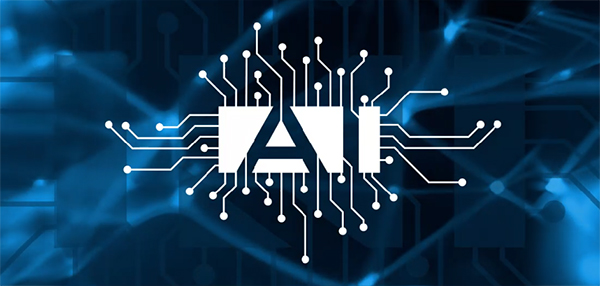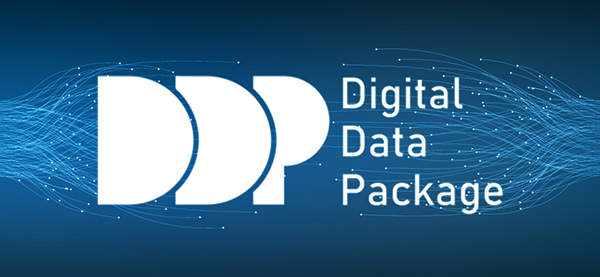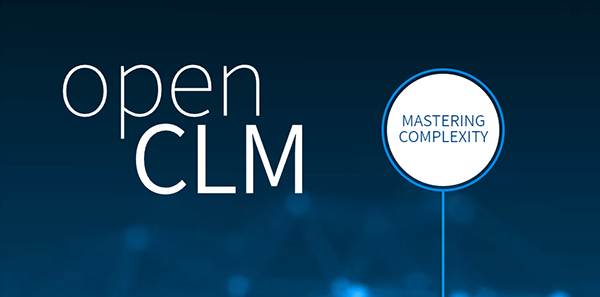
|
Collaboration needs to become more digital and synchronizedBy Karsten Theis The hyped-up topic at this year's prostep ivip Symposium was without question artificial intelligence, which was addressed in Expert corners, workshops and even in several presentations by customers. Generative AI in particular promises spectacular time savings in application areas such as automatic code generation. However, the question I ask myself is what AI can do to better help tackle the real challenge posed by digital product development, a challenge that the prostep ivip community has been grappling with for over three decades: namely cross-enterprise collaboration. 
Thanks not only to the work performed by the association's different project groups but also to a number of important research projects, there is no doubt that in recent years considerable progress has been made in the context of cross-enterprise communication of requirements, CAD and PLM data, simulation results, MBSE artifacts, etc. The foundations for cross-domain data linking in the field of verification and validation, among other things, were laid in the two sister projects SETLevel and V&V, in which PROSTEP played a major role and which could put collaboration on a new footing. With the Digital Data Package (DDP), the association itself has defined a kind of meta-standard that allows the different information objects that characterize the digital twin to be merged in a data packet using existing standards and made available to other partners in the value chain. But this communication is still quite unwieldy and slow because it basically remains document-based and asynchronous. Or as Sebastian Handschuh from Mercedes-Benz so neatly put it in his presentation on the Collaborative Digital Twin (CDT): If a single telephone number changes, we still put the whole phone book into circulation. The CDT project group wants to change that. 
In many cases, asynchronous data exchange can no longer meet the needs of digital product development, which is dynamic in nature. In order to make it possible to respond more flexibly to new requirements, collaboration needs to become more digital and synchronized. We need to be able to link data across company boundaries and offer stakeholders the option of subscribing to a single data object. I take a critical view of whether or not the data spaces that are being created in the Gaia-X environment will be the right place for this type of cross-enterprise collaboration. We need new tools and methods to implement this data linking. Dumping the data into a data lake and hoping that AI will make the right connections is not going to work. We have to lend a helping hand, and ontologies, i.e. the creation of a common terminology, play a crucial role in this context. It is no coincidence that the CDT project group is working closely with another of the association's project groups that has set itself the aim of standardizing the ontologies in the association. We at PROSTEP have also been taking a close look at this issue and are providing big-name customers from the automotive industry with support for initiatives to develop enterprise-wide ontologies. In my opinion, ontologies are a key aspect when it comes to creating the famous digital thread, i.e. the cross-domain, and in the future cross-enterprise, linking of all the information objects relevant to a digital twin. This digital thread is a prerequisite for the chronological reconstruction of certain levels and scopes of information using baselining and for ensuring the traceability of the entire development process. Until now, reconstructing the cross-domain relationships in most companies entailed a great deal of time and effort, and these relationships could not be visualized in a clearly organized form. But companies are aware of this Achilles heel. This year's symposium included a number of interesting presentations by well-known automotive suppliers such as Brose, Schaeffler and Robert Bosch, all of whom are working on traceability and baselining solutions. 
I highly recommend that companies that want to avoid having to invest this time and effort take a look at our OpenCLM digital thread platform. We have combined our decades of experience gained in integration projects with concepts and methods from the research community in this solution. The result is a lightweight, high-performance digital thread platform that dynamically links information across all system and domain boundaries. The next step on our roadmap is the AI-based automated linking of large volumes of legacy data. The AI engine developed for this purpose will then be used to expand OpenCLM to include other use cases, such as AI-based impact analysis of changes. Yours Karsten Theis |
|
| © PROSTEP AG | ALL RIGHTS RESERVED | IMPRINT | PRIVACY STATEMENT | YOU CAN UNSUBSCRIBE TO THE NEWSLETTER HERE. |

